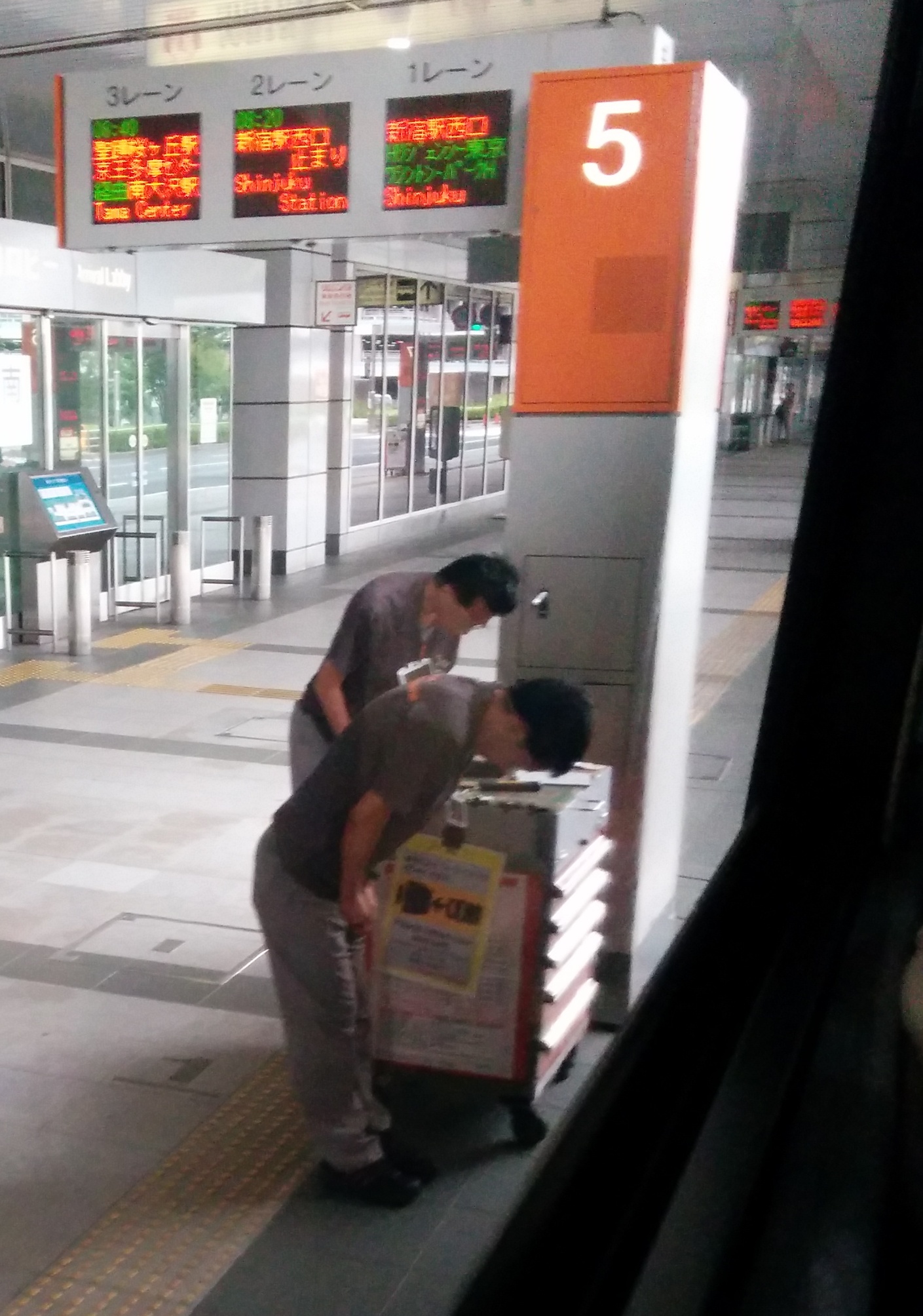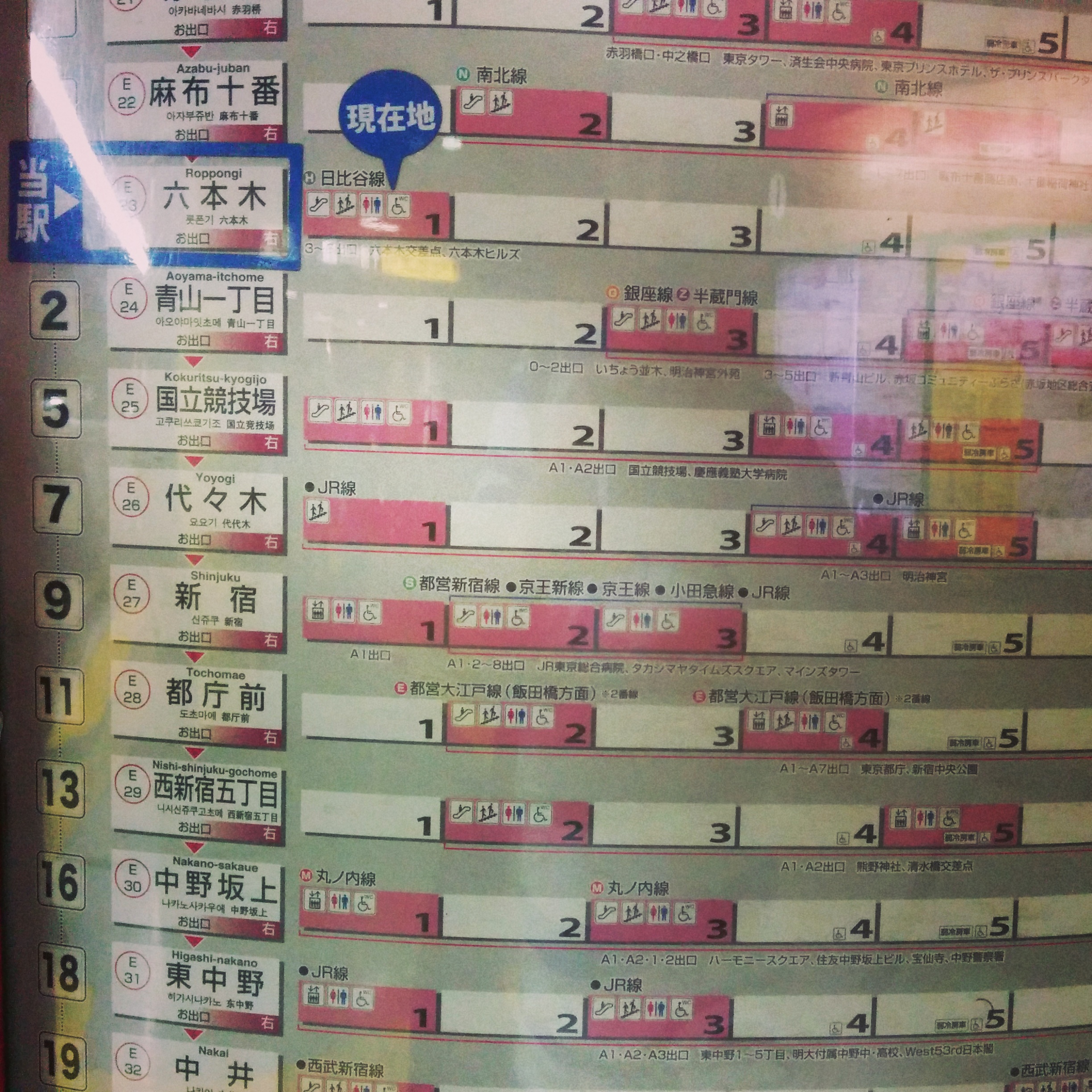I’ve learned some fascinating & exemplary stories about discipline & honesty in Japan through Quora. When the time came to visit Tokyo, I felt that I should familiarize myself with some Japanese etiquette. And I must say that a few minutes of reading came in very handy during the trip. Here is what I’ll keep with me forever:
1. Respect everything

Handle everything with both hands, especially money. Most counters will have a tray next to the ledger where you are expected to place money & pick your change. I guess the practice of receiving business cards with both hands comes from here.
2. Avoid 4 & 9 in every way
The Japanese word for “four” sounds like the word for “death” whereas ‘nine’ is sometimes pronounced ‘ku’, which can mean suffering. Its a superstitious piss-off; I don’t know how many follow, but I would avoid a 4 piece gift or a sales offer with too many nines.
3. Go with the group
Generally, the Japanese believe in group decision making that is focused on the larger good. This avoid favorism and blocks in-ways in an integral group – possibly why Japan was never colonized. This could slow down the process, but that’s how it is.
4. Genuine customer focus
Here’s my story: I went to the information counter at HND airport around 7:25 asking for a bus to my destination. The lady said the next one is at 10am. I had read about one at 7:45 and asked her to check; when she realized there was one, she apologized at least thrice for the possible misguide. She then realized that there was very little time left and I possibly couldn’t make it to the bus stop after getting my bus & train tickets. She, in her kimono and modified geta, ran to help me with tickets and brought me all the way to the bus stop around 7:38am. That was perhaps one of the happiest moments of her life – she was clapping, cheering & delighted to have done her job well. I wasn’t aware of the etiquette, but I really wanted to capture that moment. You will hardly be disappointed about service in Japan, but if you do, just give them another chance and they won’t leave without delighting you.
5. Don’t say a direct No
Pure courtesy to not say a straight No, ‘may be’ is used as an alternative. So if you ask someone if you’ll make it to the next train, and they say ‘May be’, your possibly not going to make it.
6. Don’t be shy to Bow

Just to give you an idea of how important it is, bowing is usually done before shaking hands. The further you bow, the more respect you show the other person. You don’t need to break your back, but not bowing in return would be considered very rude in a business setup. the least you can do is return with a light bow. In this picture, you see the ground staff bowing to show their respect to the bus driver as it leaves the terminal.
7. Don’t ever be late
Punctuality is expected & appreciated in Japanese culture. The intent is to avoid wasting others’ time. This whole blog post might sound like a value education class in school, but these values form the very fabric of Japanese culture and negligence will only distance you from this otherwise closed society.
8. Minimize non-verbal communication
Other than bowing, non-verbal communication is quite subtle. The usual look in the eye when presenting – much less than staring – can be a bit too much in a Japanese meeting room. Personal space is given a lot of importance – like the 2 feet rule in the US. Nod frequently, to indicate that you follow. Avoid pointing fingers and don’t dare to be loud. Avoid jokes, at least in a professional environment; not that Japanese are not funny, but your language and accent could come in the way of understanding.
9. Don’t experiment too much with food
Japanese food is worth trying out. The sushi there is going to be very different from what we get in Mumbai. Honestly, I didn’t try a lot of food, but if you were to try, I’d suggest to do it outside a business meal. There’s a lot of table manner around use of chopsticks and eating Japanese food in general.
10. Language barrier can be overcome

People still don’t speak a lot of English, but signage in tourist locations is in fact even better than Europe. This picture shows stations on a subway line with the travel time (left) and how carriages align to amenities at all stations. After you see a board that the station is 150m away, don’t be surprised to see another within a few steps stating that its now 140m away.